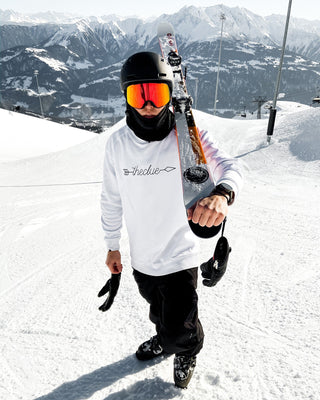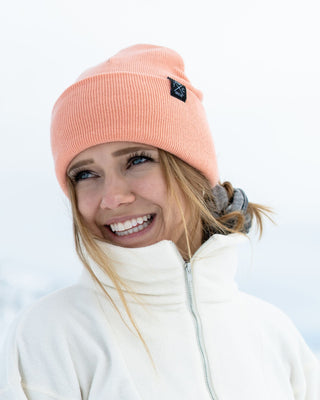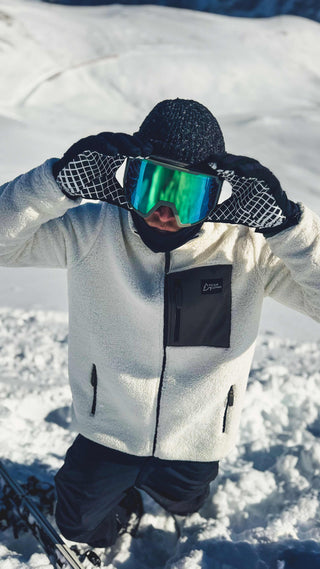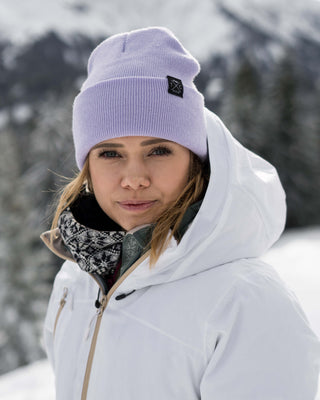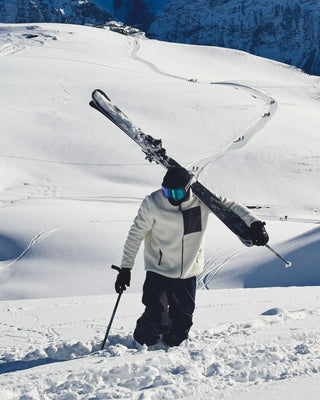Freeskiing is a versatile sport that's practiced both in the snowpark and in deep snow. Choosing the right ski depends on whether you prefer performing tricks on rails and kickers or carving long lines in powder. But it's not just the discipline that matters – factors like ski length, flex, width, and construction play a key role in choosing the perfect freeski model.
Twintip skis – the basis for freestylers
Twintip skis are specifically designed for freeskiing. They are curved at the front and back, allowing you to easily ski switch (backwards). Depending on the intended use, there are three main categories:
-
Park skis : These skis are narrower and maneuverable, perfect for rails, boxes, and kickers. Their waist width is usually between 80 and 95 mm, ensuring high maneuverability.
-
All-Mountain Freeskis : These models offer a blend of park performance and good on-piste handling. The waist width ranges from 90 to 105 mm, allowing for both jumps and stable descents.
-
Powder skis : Wider skis are required for deep snow. A waist width of 105 mm or more provides optimal flotation and makes skiing easier in unprepared terrain.
How do I find the right length for freestyle skis?
The right ski length depends on your skiing style and area of use:
-
Park & Slopestyle : Ski length should be approximately between chin height and body height. Shorter skis facilitate spins and tricks, while longer ones offer more stability. Professionals tend to choose skis that are the same length as their body height.
-
All-Mountain : Here we recommend a ski length that is approximately your height or slightly longer in order to have the best possible control in different conditions.
-
Powder : Those who enjoy skiing in deep snow should choose skis that are about 5-10 cm longer than their height. This improves buoyancy and prevents sinking.
Other important factors
-
Flex: Softer skis are more forgiving and easier for beginners, while harder skis provide more stability at high speeds.
-
Rocker & Camber: Rocker skis have a curved tip for better floatation, while camber skis offer more control and edge grip.
-
Construction: Reinforced edges are essential for freestylers as they provide more durability during hard landings and on rails.
Whether you're honing your tricks in the snow park or exploring new lines in the backcountry, freeskiing is even more fun with the right skis! In other blog posts, you'll learn more about mounting your bindings, the best snow parks in Europe and North America, and tips for properly caring for your freeski equipment.
